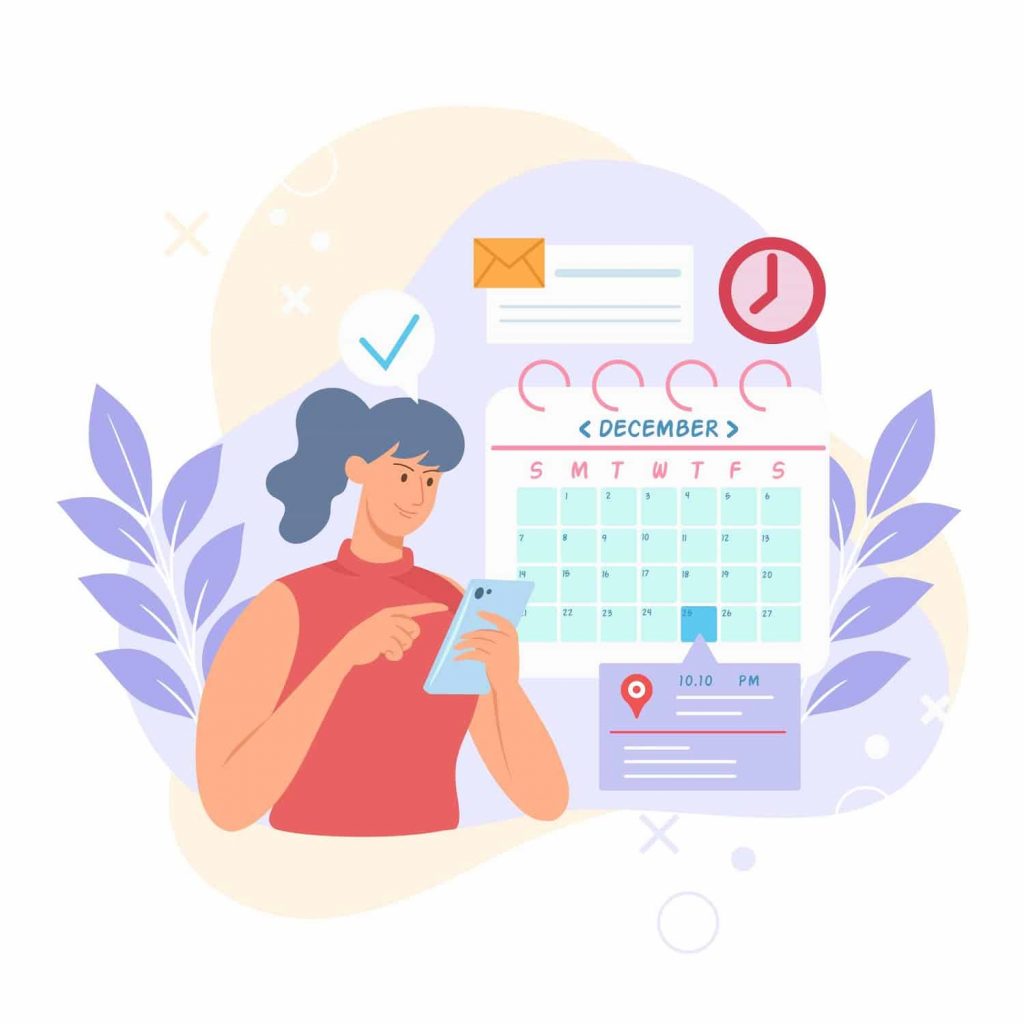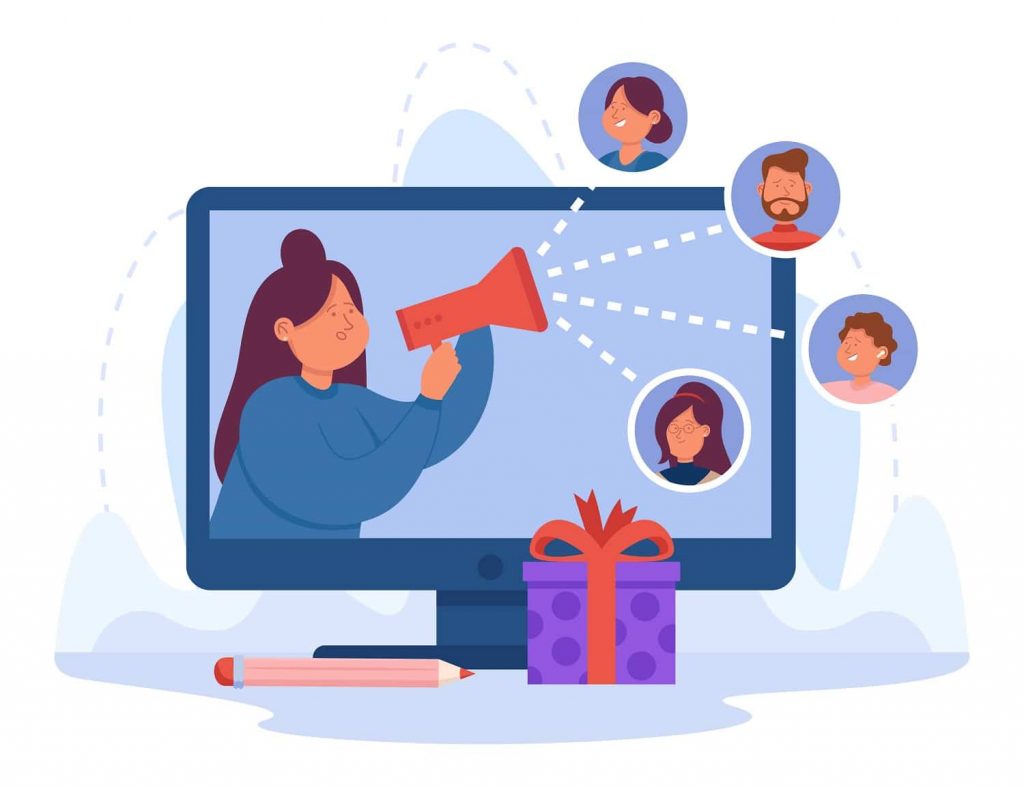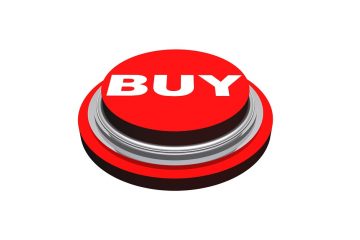How To Win More Business With Sales Demonstrations
You work hard to build lasting relationships with suppliers, & SaaS providers, But the B2B buying process is often long and complex. Unlike the lightning world of B2C, the B2B sales cycle is slow, involving several decision-makers who you have to persuade. In fact, there can be as many as six to ten individuals involved in the decision-making process for a B2B company.
These decision-makers will most likely be skeptical of your product or service and may be actively comparing you with competitors. So what can you do to address their concerns before you encounter them? One simple yet highly effective strategy is to use a sales demonstration.

What is a Sales Demonstration?
A sales demonstration is a way to introduce your leads to your product or service. Done right, a sales demonstration takes into account the features, benefits, and value proposition of the product or service. Nailing a sales demo is super important, and can be the difference between gaining a customer and losing a prospect. Did you know, sales demonstrations can help improve close rates by 50%? This is why it’s so important you take advantage of this sales tool.
Types of Sales Demonstrations
You can use different types of sales demonstrations to showcase your offering. The most popular choices are in-person demonstrations and video demonstrations.
In-person demonstrations
As you’d expect, in-person demonstrations occur in a physical location between a sales professional and a prospect. If you’re a B2B sales representative, this kind of demonstration would typically take place at a business event or tradeshow.
The benefit of an in-person demonstration is that it can help to build a strong sense of connection with your prospects as you navigate your offering. Not only that, but prospects are more likely to trust you if they can see your product or service working in real-time. This is especially true for high-value or complex purchases.
The downside of an in-person demonstration is that it often requires some form of investment. Think about it, to attend an event, you’d have to pay thousands of dollars, not to mention costs associated with travel, swag, and marketing materials. If your prospects don’t purchase your product/service following your demonstration it can often feel like time and money wasted. This is why it’s super important to choose events wisely. Choosing the right event with your ideal customers is crucial to get the most out of your sales demonstrations.
Video demonstrations
Video- demonstrations can either take place via a pre-recorded video message or through video software between a sales representative and a prospect. It’s important that you have up-to-date technology in place to keep the quality of the video as high as possible.
One benefit of video demonstrations is that they help to remove geographical boundaries. This means you can connect with your prospects from anywhere in the world to promote and sell your offering. Whatsmore, video demonstrations are more cost-efficient than in-person demonstrations. If you run a small business with limited budgets, this can be a great option to help your marketing dollars stretch further.
Another benefit of video demonstrations is their ability to provide flexibility. The majority of B2B companies have several decision-makers which means you have to persuade a team of prospects rather than just one person. Using video demonstrations can be used to present to a larger number of prospects at one time, helping you to accelerate the sales process. However, there still lies the possibility of technological cliches that could affect the presentation of your demonstration.
Choosing which type of sales demonstration depends on a number of factors. Whilst in-person demonstrations help to build a greater sense of rapport, they often require some form of investment. Video demonstrations are a popular choice for B2B companies in the SaaS space due to their cost efficiency and flexibility. Whilst they do possess significant advantages, there still lies the possibility of technical difficulties. Whichever option you choose depends on your overall business goals and needs.
So, how can you master your sales demonstration to turn your prospects into paying customers? In this article, We’ll break down our top tips.

Make It Easy To Schedule the Demonstration
First off, you need to make it simple for your prospect to schedule the demonstration. The longer it takes your prospect to schedule, the less likely they’ll follow through. Like yourself, your clients lead busy lives and don’t have time for back-and-forth email exchanges. You can simplify this process by simplifying the appointment scheduling process with your business. Your prospects seek convenience. Make sure your business can provide that to create a positive lasting experience for your prospect.
Finally, It’s important during this stage to send a confirmation email to your prospect to confirm they are still available prior to the demonstration.
Know your prospect
To deliver a compelling sales demonstration you first need to understand your prospect. You want to really dig deep and understand their goals, fears, and pain points. Once you know this, you can tailor your pitch toward meeting their needs and alleviating their concerns. You can personalize your pitch further by mentioning your client’s business, competitors, and industry-specific data. This will help keep your prospect engaged and more likely to purchase from your business In fact, did you know that 80% of consumers are more likely to make a purchase from a business that provides a personalized experience? At the end of the day, all prospects are unique, and therefore so should your sales demonstration. It’s also important during this stage to provide some background into your business. This doesn’t have to be a long-drawn-out speech. But it does need to include enough to tell your client exactly what your business does and how it can help their business.
Make It About Your Prospect
We understand you’re eager to project your sales skills and tell your client how wonderful your product or service is. However, your sales demonstration should be about meeting your prospect’s needs, not about meeting your sales targets. Your client should feel free to ask as many questions as possible about your product or service. In response. try to ask open-ended, probing questions to dig a little deeper into what they need to know.
For example, you could ask;
“Which parts of the product/service stood out to you”
“Have we missed anything that you wanted to cover”
“How could the product/service be improved”
This will help you gain a deeper understanding of the needs and goals of your client importantly, it will light the way to how best to deliver on these.
Prove How You Can Solve Their Problems
Once you know your client’s goals and pain points you have to show how you can help. Pick out three to five main issues your client is facing and demonstrate how your product or service can alleviate such problems You should also look to provide your client with social proof to showcase your company’s capabilities.
These can include:
- Customer case studies
- Customer reviews
- Testimonials
- Mentions in publications
- Awards
Providing social proof can be a game changer, did you know customer testimonials can help increase your sales conversions by 30%. If you’re a smaller business with limited social proof, you can always talk about how your current customers have benefitted from your offering. Make sure to keep it relevant by discussing a business that’s in a similar industry to your prospect. Remember, personalization is key to a successful sales demonstration.
Follow Up
Your job doesn’t end after delivering the demonstration, you then need to follow up with your prospect. It’s super important during this stage to keep your outreach email personal to your client. Start by covering all the relevant points of your previous conversation. Next, you’ll want to recap all your client’s pain points and how your product or service can solve these issues. This lets the client know that you have understood their needs during the demonstration.
It’s essential during this stage to get an understanding of your prospect’s thoughts.
You can ask them questions like:
“What do you propose for next steps”
Or
“What are your thoughts on moving forward”
Remember, just because your prospect has given up their time to hear from your demonstration, there is no guarantee they’ll convert into a paying customer.
However, following up will help you quickly understand the level of interest the prospect has for your offering and the likelihood of them purchasing from your business.
Conclusion
Overall, sales demonstrations can be a valuable tool for businesses looking to showcase their offering and build personal connections with their prospects. Taking these steps will help to personalize the experience for your client and combat their concerns. Remember, your customers are individual people, not a homogenous mass. But, your job doesn’t end after your presentation. You need to follow up in a professional manner to understand your prospect’s thoughts, feelings, and fears.
Get these steps right and you’ll be on your way to nailing every sales demonstration and maximizing your selling potential.
Sell more, understand your customers’ journey for free!
Sales and Marketing teams spend millions of dollars to bring visitors to your website. But do you track your customer’s journey? Do you know who buys and why?
Around 8% of your website traffic will sign up on your lead forms. What happens to the other 92% of your traffic? Can you identify your visiting accounts? Can you engage and retarget your qualified visitors even if they are not identified?



